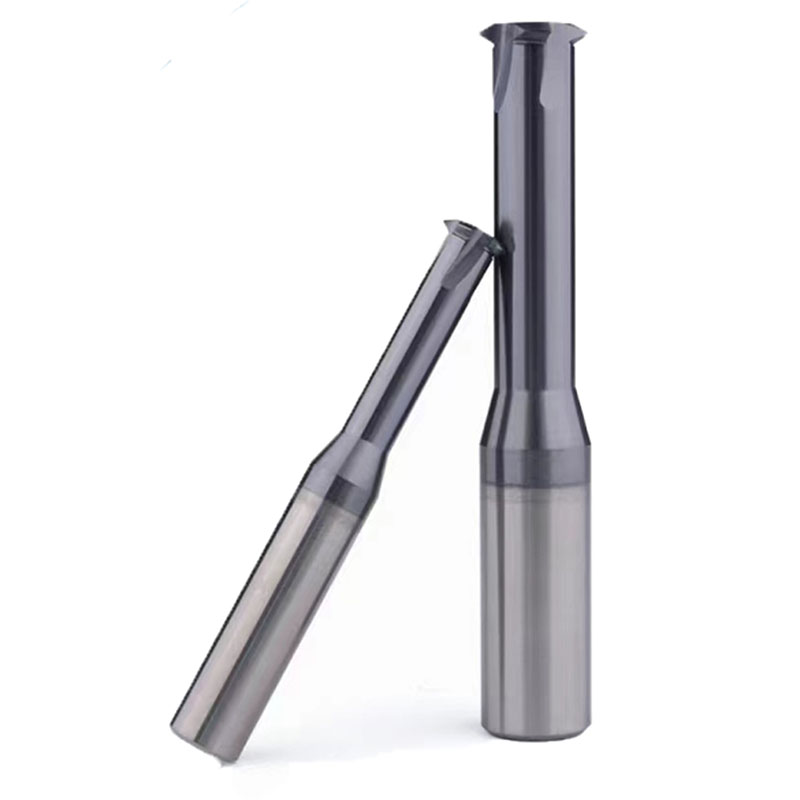What Are the Benefits of Using a Thread Milling Cutter?
2025-02-21
Threads can be obtained through the traditional thread processing methods we are familiar with, among which tapping is most similar to thread milling. They both form threads through relative rotational motion between the tool and the workpiece. So when facing different working conditions, why do we recommend choosing thread milling cutters for processing?
One of the main reasons is that thread milling cutters can process threads of different diameters and the same shape, which can reduce the number of tools, save tool change time, improve efficiency and simplify tool management. In addition, thread milling is completed by high-speed rotation of the tool and spindle interpolation. The cutting method is milling, the speed is fast, and the processed threads are more beautiful, which is more advantageous than the relatively low speed and long chips of tap cutting.
Thread milling belongs to chip breaking, the chips are short, and the diameter of the processing tool is smaller than the diameter of the threaded hole, so the chip removal is smooth. And when using a thread milling cutter, it is not easy to break due to the small force; even if it breaks, the broken part can be easily removed because the diameter of the processed hole is larger than the diameter of the tool. In terms of product output, thread milling is much higher than tapping.
For softer materials, sticky chips are easily produced during machining, but thread milling rotates at high speed and breaks chips, and requires the machine power to be relatively low. These are the advantages of using thread milling cutters for machining.


